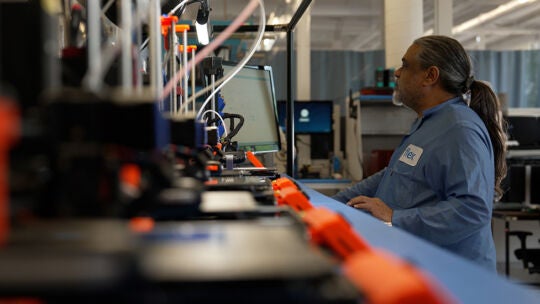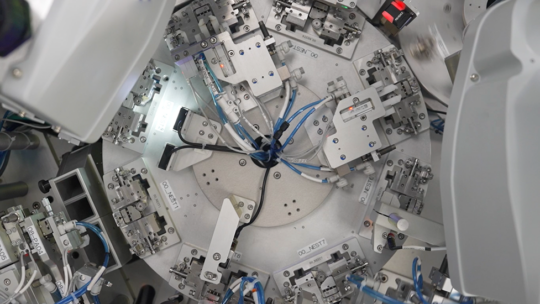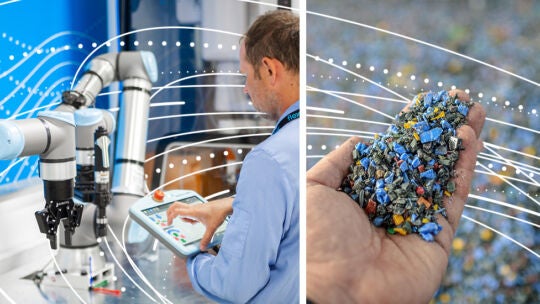
Manufacturing firms need to respond rapidly to changing business conditions. The COVID-19 pandemic has created temporary shutdowns and supply chain challenges across industries around the globe. As sites prepare to re-open, manufacturers need to maintain business continuity and operational efficiency.

To anticipate, understand, and respond to changing production levels at our sites, we use Industry 4.0 innovations such as machine-to-machine communications (M2M), smart automation, and business intelligence. Another digital manufacturing innovation is remote-enabled technology made possible by a combination of Internet of Things (IoT), cloud computing, and real-time analytics. These tools provide insights that help us get back to normal production levels.
Here’s how we used remote-enabled technology for advanced manufacturing to improve operational efficiency during a mandated lockdown in Shanghai — and positioned our teams for success as the site re-opened.
Cloud for manufacturing resiliency
Even before the impact of the COVID-19 pandemic, interest in remote-enabled technology tools for manufacturing was on the rise. MarketWatch estimates that the global cloud manufacturing market will continue to increase at a CAGR of nearly 20% over the next four years.
We had taken proactive measures prior to the pandemic to move more of our information technology and manufacturing operations systems to the cloud. So when the Shanghai factory shut down in February 2020, employees still retained full access to critical systems — even while working remotely.
Developing and deploying infrastructure
When the shutdown began in Shanghai, we notified employees and confirmed their safety. Then we immediately began planning for a return to production.
In partnership with Arch Systems, team members outside China continued developing the underlying technology infrastructure for a new manufacturing IoT solution. This allowed us to transition the floor from manual to automatic operations when factory employees returned to work in Shanghai.
A combination of hardware and software monitors the status of key machines and feeds data back into the Manufacturing Execution System (MES). The system automates scheduling, work in progress (WIP) tracking, order fulfillment, material backflush, and other MES features to drive fundamental efficiencies. Operational data uploads to the cloud. The digitization of this data then feeds into analytics to show key performance indicators (KPIs).
Understanding and anticipating utilization — from anywhere
Using the tracking data to provide real-time analytics gave us an immediate sense of our progress upon reopening. Within the solution, operational data aggregates to automatically calculate KPIs like machine utilization (MU) and line utilization (LU). And since the solution is cloud-based, we can easily track productivity at our Shanghai facility from anywhere, while keeping suppliers and customers updated. The remote visibility into operations will also help us monitor the progress of other key manufacturing sites around the world.
We’re also using the automated performance data from each line to develop predictive models. These models will help us avoid unplanned downtime and optimize production schedules in the future, saving time and money.
A stronger foundation with Industry 4.0
The combination of IoT technologies, cloud, and analytics have primed manufacturing to adapt in the face of unexpected global challenges like the COVID-19 pandemic. Thanks to our investment in these technologies, we were able to maintain forward momentum as operations stopped and restarted at our Shanghai facility.
Not only did we save critical margin and return to full production faster than expected, but we also launched new technology that increases operational efficiency. As the pandemic response continues, we’re committed to helping our customers design, develop and deliver crucial resources to their end customers.



